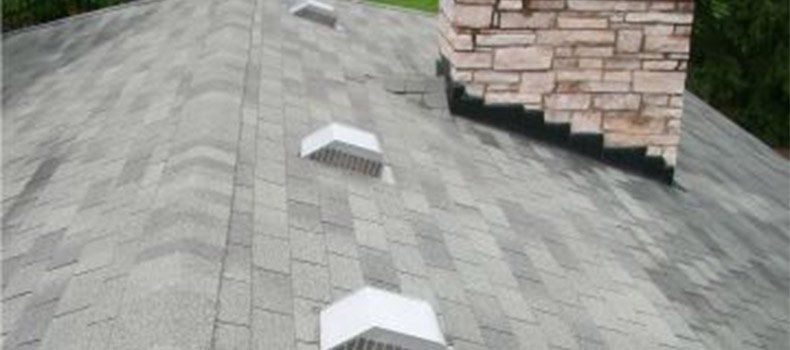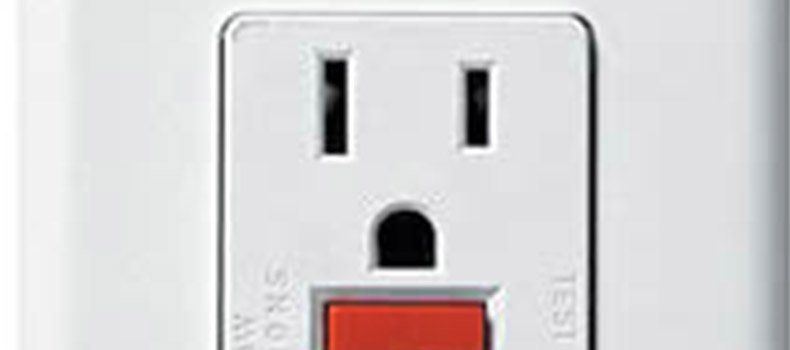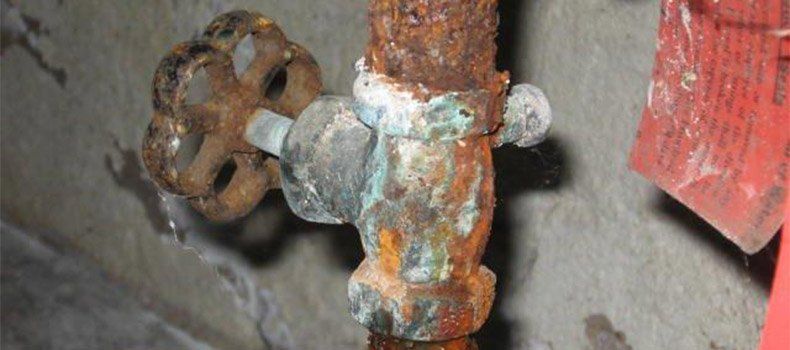The Premier Rochester NY Inspection Firm
Pro-Engineered Inspections
95 Allens Creek Road • Building 2, Suite 211 • Rochester, NY 14618
Blog Layout
Attic Ventilation
DOWNLOAD SAMPLE REPORT
CUSTOMER SURVEY
Need an inspection?
Contact us to have your home or building inspected by a Licensed New York State Professional Engineer.
There seems to be some misconceptions regarding ventilation in an attic space. The following is intended to clarify these misconceptions.
Ventilation in a roof system or attic is important in all buildings, regardless of weather conditions. In our geographic area it is important in both the summer and the winter. In general, a concept that a homeowner should keep in mind is that they should try to keep the air in the attic (or the air beneath the roof surface) as close to the outside air temperature as possible.
As you are well aware, the Rochester area has its share of hot days during the summer. It is not uncommon for temperatures to reach above 90°. In these conditions the temperature in an unvented attic can become sweltering. Excessively high temperatures in an attic make it more difficult to keep the living space cool or comfortable. To the contrary, the cooler the attic, the cooler the house.
An excessively hot attic also means that the temperature of the roofing material increases. As a result, the life expectancy of the roof will be shortened.
It is equally important to provide proper ventilation in an attic space during cold weather conditions. Otherwise, the attic can experience moisture problems. If the air in the attic is noticeably warmer than the exterior air, the attic air will condense on the underside of the roof. Eventually this can lead to moisture problems, damaged roof sheathing, etc. It can also contribute to suboptimal living conditions from a health standpoint.
In addition, proper ventilation in a roof system can help to minimize or prevent occurrences of ice damming. Ice damming has been a problem in Rochester already this winter. Ice build-up has been more prevalent so far this winter due to the high amount of snow and the constantly cold temperatures. Sometimes the installation of heater cables (de-icing cables) is justified in potentially problematic areas.
For a more detailed discussion on Ice Dams you can go to another newsletter on our website. The Ice Damming Newsletter is at: http://www.warreninspect.com/news/post/ice-damming-101
Relatively speaking, providing proper ventilation in a roof system is a straightforward endeavor. Usually a proper combination of passive vents will provide adequate ventilation. In a conventional open attic, a generous distribution of soffits vents, roof vents and/or a ridge vent will provide good ventilation. The principle is to provide generous air flow through the roof system (once again trying to achieve an attic temperature that is close to the outdoor air temperature).
Clearly, it is also important to insulate properly. There should be a generous amount of insulation between the living space and the roof system. For conventional open attic spaces the insulation should be positioned in the floor. This is because the attic floor separates the living space from the non-living space. Insulation should not be installed in the roof, up tight to the sub-roofing. Insulation installed in this manner tends to restrict ventilation and trap condensation if it occurs.
In the case of vaulted or cathedral roof systems it is still important to insulate properly, but it is equally important to provide proper ventilation. The insulation can and should be installed in the roof system, but air spaces should be maintained between the insulation and the underside of the roof. This air space combined with an adequate number of vents provides for adequate air flow through the roof system.
In more recent years we have frequently fielded questions about mold formation in an attic space. Frequently the assumption is made that condensation formation in a roof system, creating very dark stains on the underside of the roof, results in the presence of dangerous or toxic mold. There has been increasing concern for mold exposure. We are not experts on the topic of mold, but the industry experts that we have spoken with have indicated that it is rare for condensation formation in a roof system to cause the growth of any type of dangerous mold. Also, once steps are taken to prevent condensation or moisture in a roof system the concern for mold would be eliminated. It is also important to understand that with any environmental issue there tends to be opportunists who will inflate the potential health concerns, and they can propose extensive corrective actions that may not be necessary. Only reputable contractors should be utilized.
We trust that this brief discussion about ventilation will help to address any questions that you may have. Please do not hesitate to contact our office if we can be of assistance in this regard.
You might also like
Get a quote or schedule an inspection today
Location
95 Allens Creek Road, Building 2, Suite 211
Rochester, NY 14618
Phone

Warren Engineering has been specializing in building and home inspections for over 45 years.
Our Services
Quick Links
Business Hours
Mon-Fri: 8:30am - 4:30pm
Sat-Sun (& holidays): 8:00am - 8:00pm
Appointments taken via phone 7 days a week
© 2024
Warren Engineering. All Rights Reserved.




